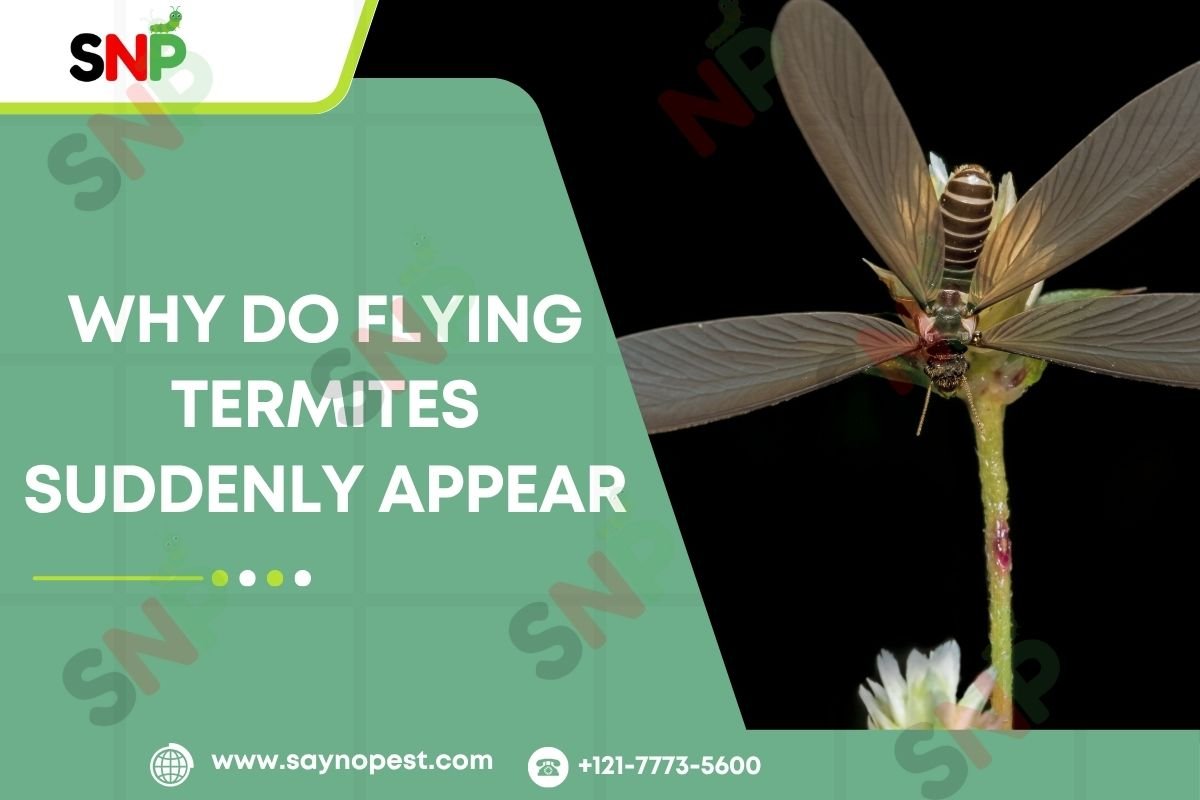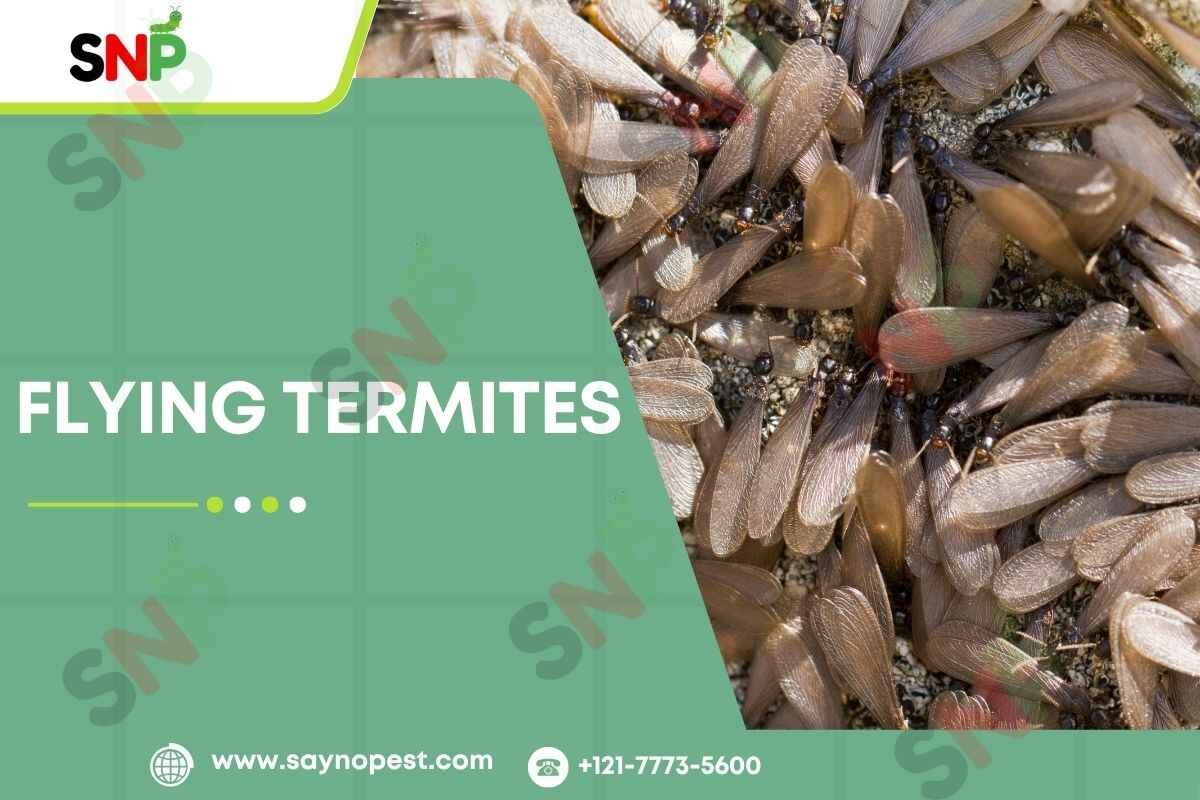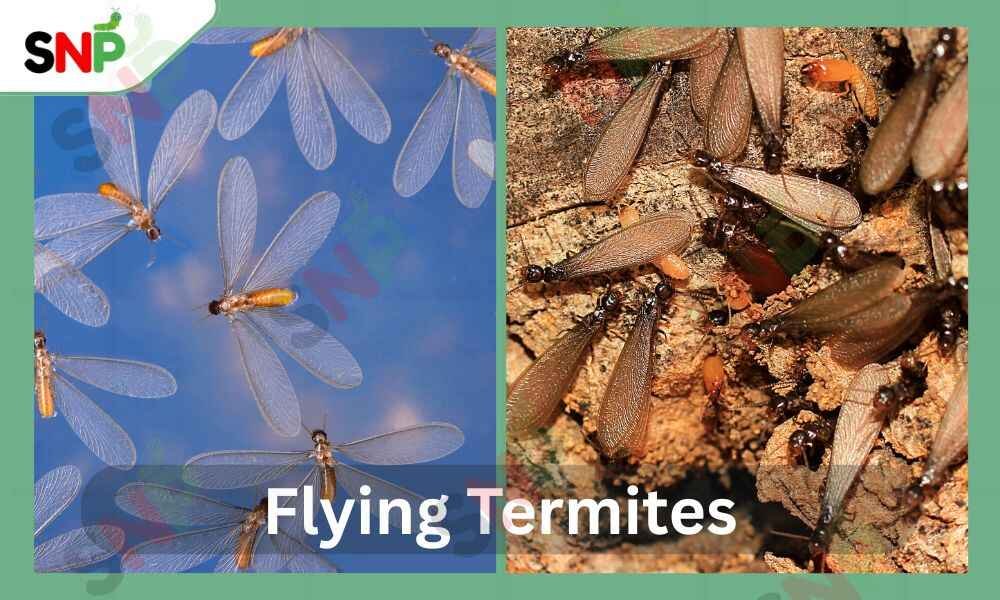If you have ever experienced a situation Why Do Flying Termites Suddenly Appear, you would have been in great company. These winged invaders are sometimes called alates or swarmers. They often appear suddenly. Such was the case twice with our vacuum evacuation in our area of Cape Girardeau, Missouri. In both instances, there were no signs of termites and no previous calls for service. It turned out, the flying termite’s sudden appearance was because the termite’s life cycle was at a particular stage, triggered by environmental factors.
Whenever everything was perfect for them – generally warm weather and high humidity, especially after rain – mature termite colonies would release hundreds or even thousands of flying termites simultaneously. This is how the new swarming was their modus operandi in distributing the colony, as these reproducing termites left in search of mates and new sites where to establish new colonies. That is why when you observe a termite swarm, it certainly means that at least there is one colony nearby, but it could as well imply that a colony lurks in your house.
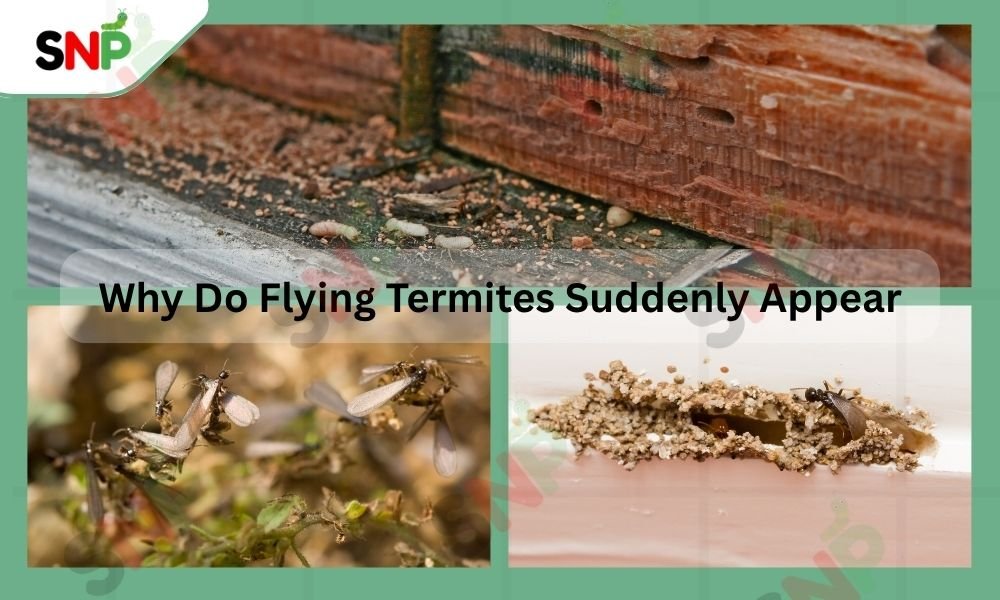
Do Termites Have Wings?
Many people ask if termites can fly. Yes, but with a few restrictions is the answer. Termites do not have wings and cannot fly in general. Only the reproductive individuals (alates/swarmers) can fly. Those winged termites are the ones that are 100% ready for sexual reproduction, and their only function is to make more offspring. In this period of swarming, they exit their original home and, after finding a partner, they continue the flight for a short period of time, and then they get rid of their wings so that they can start a new nest. Also, whether termites can fly is a good question. They should, however, bear in mind that only these reproductive members have this capability, and their flight is generally of very short duration, only as long as they still have to look for a mate and a place they find suitable to stay.
What Do Flying Termites Look Like?
What do flying termites look like is enough to give you the chills, but once you have an idea of what these creatures look like, you probably will not jump out of your skin. The average length of a termite is about One-fourth to Three-fourths of an inch; its body is soft and has a yellow or brown color. They also have four long, thin transparent wings, which are of the same length and longer than their bodies. A pair of wings can have a smoky gray or a clear color.
Thus, it is easy to distinguish flying termites from ants because the latter have curved antennae and a thin, clearly indented waist, whereas flying termites have straight antennae and a thick, non-indented waist. You will likely find piles of discarded wings near your windows after the swarming event, and it will be just like a sign that they have come in.
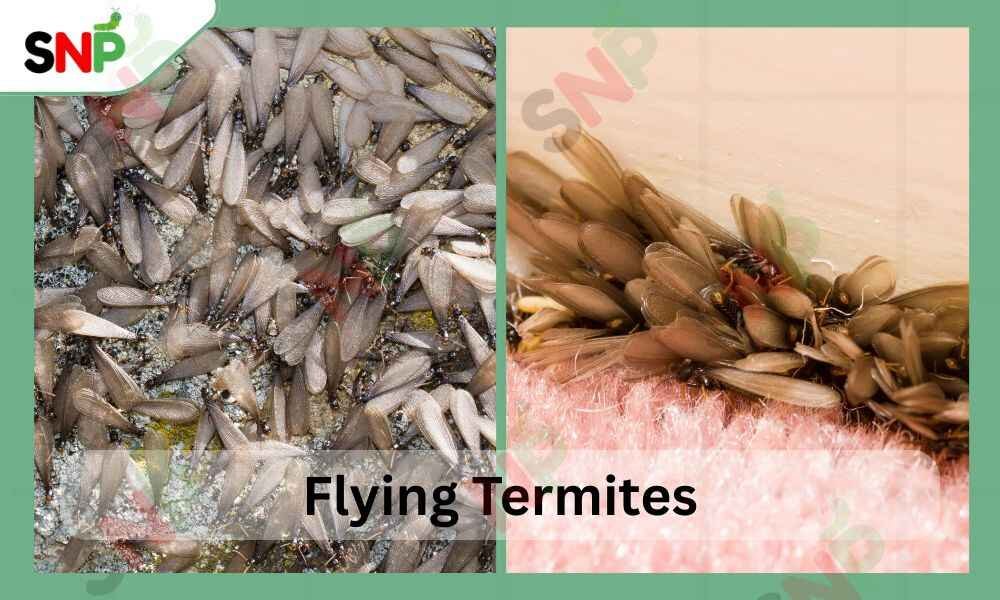
How to Keep Flying Termites Away
In case you are thinking of various practical activities related to why do flying termites suddenly appear, but at the same time, effective activities which would be enough to protect not only your house but also your family, they are diverse, and among them is to learn how to keep flying termites away. As we have mentioned above, the two main things that attract flying termites are moisture and light, and this is why it is very important for you to ensure that your house is dry and well-ventilated. Repair any leaks in the pipes, drains, or air conditioners, and if the air is too moist in a certain area, put a dehumidifier there.
Get rid of all firewood, timber, and paper in the basement or very close to the foundation of your house, as these are perfect foods for termites. Employ weather stripping or caulking to cover the gaps around your windows, doors, and utility lines. In addition to this, you can take it a step further by using fine mesh screens on windows and doors. If you think your case is a more severe one, you can always call the pest control professional or set up traps as one of the current ways of getting rid of pests. These tips will unquestionably lead you to termite termite-free land and solve the problem of how to get rid of flying termite.
Conclusion
In short, the reason we have why do flying termites suddenly appear has to do with the incredible life cycle of these intractable insects. They swarm abruptly and occur naturally in the season as a natural activity of the weather and maturity of colonies, marking the beginning of new colonies. The reproductive caste is the only caste that flies, and hence, the occurrence of these swarmers should not be overlooked. Remember that the ability can fly is only applicable to such alates, and they take short flights when they are trying their best to secure the survival of their species.
In order to protect your home, the main question that should be answered is how to prevent flying termites, impose moisture control, fill holes, and eliminate food. To read additional professional advice and find professional solutions related to why do flying termites suddenly appear, go to saynopest and find your ally in the fight against pests on the territory of the United States.
